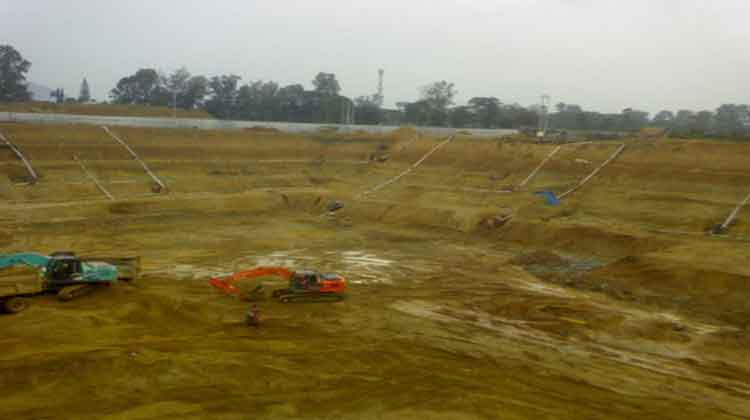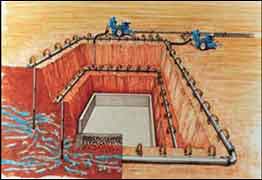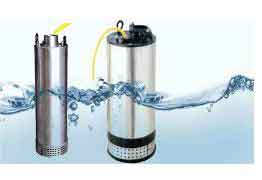What is a wastewater pump?:
A pump used to move wastewater toward or within a treatment facility. Many types of pumps commonly fall into this category—including sludge pumps, slurry pumps, booster pumps, chopper pumps, grinder pumps, and sewage pumps.
Waste water pumps have a wide variety of uses from moving wastewater out of homes to transmitting large amounts of waste water out of sizable industrial or agricultural facilities. They are also major components of every public sewage system, particularly in spots where gravity is not enough to move the waste toward the treatment facility.
How do they work?
Most types require a pumping mechanism that is capable of moving heavy, volatile, and solids-laden fluids. The most common pumps are centrifugal type, with non-clog impellers designed to handle large solids, and with relatively high flows and relatively low heads. They may also be submersible type. In systems that are filled with solids, grinder pumps or chopper pumps are commonly used to macerate the solids and make them easier to process.
Where are they used?
Wastewater pumps are used in a variety of industrial, commercial, military, and maritime applications. Examples include agriculture and horticulture, aerospace and defense, construction, food processing, hydrocarbon and petrochemical, power generation, pulp and paper, and semiconductor applications.







